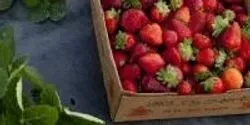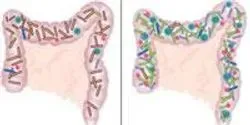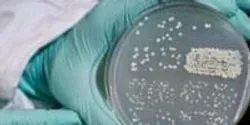News

A University of Florida-led research team’s development of a tracking system could change the way companies ship fresh fruits and vegetables, letting them know which produce is closest to expiration and providing consumers the freshest products available.

Late summer is the peak time for harmful algae that can turn lakes into toxic scum, canceling fishing trips and fouling water supplies. While the Pacific Northwest doesn’t get anything near the activity that turned parts of Lake Erie into bright green slime, our coasts are vulnerable in late summer to this largely unpredictable – and in our case unseen – menace.

It may look like fresh blood and flow like fresh blood, but the longer blood is stored, the less it can carry oxygen into the tiny microcapillaries of the body, says a new study from University of Illinois researchers.

Infant rhesus monkeys receiving different diets early in life develop distinct immune systems that persist months after weaning, a study by researchers from UC Davis, the California National Primate Research Center (CNPRC) at UC Davis and UC San Francisco has shown. The study, which compares breast- and bottle-fed infants, appears online September 3 in Science Translational Medicine.

Benefits on bone health are definite, but no strong evidence for hazards on heart attacks.

The state of Rhode Island has adopted a plan facilitated by the University of Rhode Island’s Graduate School of Oceanography to reduce the likelihood of human illness from the consumption of improperly handled oysters raised in aquaculture facilities in the state. The plan, created through a collaboration between shellfish management agencies and the aquaculture industry, went into effect on July 1.

The ability to accurately repair DNA damaged by spontaneous errors, oxidation or mutagens is crucial to the survival of cells. This repair is normally accomplished by using an identical or homologous intact sequence of DNA, but scientists have now shown that RNA produced within cells of a common budding yeast can serve as a template for repairing the most devastating DNA damage – a break in both strands of a DNA helix.

When they are not busy attacking us, germs go after each other. But when viruses invade bacteria, it doesn’t always spell disaster for the infected microbes: Sometimes viruses actually carry helpful genes that a bacterium can harness to, say, expand its diet or better attack its own hosts.













